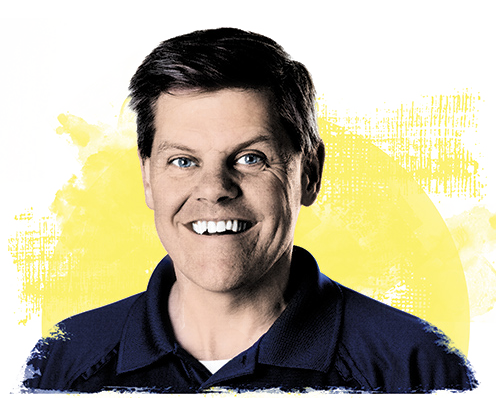AMERICAN MOTORCYCLIST February 2020
Doping Control
FIM Puts New Procedures In Place

By Rob Dingman
The beginning of the new decade also marked the start of a new season of AMA Supercross. I was fortunate to be on hand for the first round of the series in Anaheim, Calif. As most members know, AMA Supercross also is sanctioned by the Fédération Internationale de Motocyclisme as a world championship, and FIM President Jorge Viegas also attended. This was the first AMA Supercross event attended by Viegas who came to the United States for a meeting with the teams regarding the FIM’s administration of its anti-doping controls.
Regular readers of this column will recall the various shortcomings of the FIM’s program described here previously. Viegas met with the teams to apologize for the way the FIM has handled the cases of a number of Supercross riders and to explain changes he has made to the program since he became president of the international organization.
Viegas explained that the person most responsible for the FIM’s poor handling of the cases was the FIM’s former legal director, who was dismissed immediately upon Viegas’ assumption of the role of president. A new lawyer has been appointed to the FIM’s legal department. Viegas also sought and gained FIM Board approval to appoint a new director of the FIM’s Judicial Commission, which is responsible for adjudication of anti-doping violations. The previous director of the commission resigned, as he was unable to meet the time demands of the position, which also contributed to delays in the process. The new director has previous experience in dealing with such cases.
The FIM Board also approved, at Viegas’ request, a change to the composition of the disciplinary panels that are to hear anti-doping cases. Previously, the director of the Judicial Commission would appoint a three-judge panel from the members the Judicial Commission, which is made up exclusively of lawyers. Under the new system, two judges will be appointed by the director of the Judicial Commission and one will be appointed by the director of the Medical Commission which is made up of doctors. This will provide medical expertise that was previously absent in the adjudication process.
The FIM has also contracted with the U.S. Anti-Doping Agency to provide anti-doping education to Supercross riders and to be responsible for sample collection and testing on behalf of the FIM. The samples will be analyzed in laboratories accredited by the World Anti-Doping Agency but located in the United States. Previously, the FIM would send sample collectors from Europe and send the samples back to a lab in Europe for testing—a process that never made any sense.
USADA participated in an anti-doping education and awareness seminar for the riders prior to the start of the Supercross season. The FIM has also introduced a requirement for anti-doping education as part of the license application process.
In addition, the FIM has attempted to provide a timeline for the results management process to serve as a guideline and set expectations for riders and teams. This timeline is still a bit murky in my mind, so we will still need to ensure that the process isn’t allowed to be dragged out.
The race teams seemed to appreciate the effort of Viegas to come to California to meet with them and allow them to voice their concerns about the FIM directly to him. There does, however, remain some skepticism among the teams. This skepticism is not unwarranted given the previous problems with the program. While these changes are certainly a step in the right direction, the real test will come when and if there is an adverse analytical finding (a failed anti-doping test) from a sample provided by a Supercross rider. Rest assured that the AMA will do everything in its power to ensure that the rider is treated fairly and provided due process. We will continue to hold the FIM accountable to that process.
I also would like to acknowledge the retirement of a key AMA staff member. At the end of the year, former U.S. Sen. Wayne Allard retired from his position as vice president for government relations after eight years in the position. Thank you, Sen. Allard, for your service to the AMA, and we wish you and your family well in retirement.
I would also be remiss if I did not acknowledge the passing of former AMA Board member and American Motorcycle Heritage Foundation Board member Jim Viverito. Jim was a passionate motorcyclist and an extremely dedicated AMA member who regularly volunteered to assist the AMA in every way he could. He truly enjoyed escorting our grand marshals at AMA Vintage Motorcycle Days and always ensured that they got where they needed to be when they needed to be there. He would even occasionally volunteer in the AMA’s mailroom stuffing envelopes, if that is what the organization needed. Not only was Jim a great AMA member but on a personal note, he was a good friend. Godspeed, Jim Viverito!
Rob Dingman, a Charter Life Member, is president and CEO of the AMA.
